As a company that has offered enclosed dry van service since 1983, Anderson Trucking Service (ATS) is familiar with the phrase “I need a 53-foot van with a liftgate.”
Utilizing a liftgate-equipped dry van can make it easy for shippers to load their cargo — even without a loading dock.
So it’s understandable when companies request one, believing that a dry van with liftgates is their best option for full-truckload dry van freight. Sometimes they’re right.
On the other hand, 53-foot dry vans with liftgates are pretty rare in the transportation industry, making it difficult to secure one and extra expensive to do so on short notice.
As a result, you may find yourself paying more than necessary to move your cargo should a dry van with a liftgate be your solution of choice. Can you find one? Yes. Will it cost more to secure a liftgate solution than a “traditional” dry van? Absolutely.
As the person responsible for your company’s transportation budget, overpaying for service is what you strive to avoid. Luckily, if your freight requires extra assistance to load, finding a 53-foot van that has a liftgate isn’t your only route forward.
In this article, we’ve outlined some of the most common alternatives to using a 53-foot dry van with liftgates for your next shipment.
Since your spot rates are dictated by supply and demand in a very major way — supply being the number of viable solutions in your area, demand the number of shipments needing a solution — it’s important to expand your pool of options.
Here are seven common substitutions for 53-foot dry vans with liftgates:
- Loading from a shipping dock with a forklift
- Side-loading a flatbed, Conestoga or curtainside trailer
- Utilizing a dry van with ramps
- Using a straight truck or two
- Using crane vans
- Hiring labor crews
- Using local towing companies to load and unload
1) Loading From a Shipping Dock With a Forklift
Of the seven alternatives on this list, this is perhaps the most obvious. The vast majority of dry van freight is loaded from a dock which makes doing so habitual for drivers and easy for shippers.
These docks, located 48-inches above the ground, give loading crews an elevated area to load dry vans.
When shipping out of a dock, all a driver has to do is back into his/her designated spot on the outside of the facility, open their dry van’s rear doors and wait to be loaded.
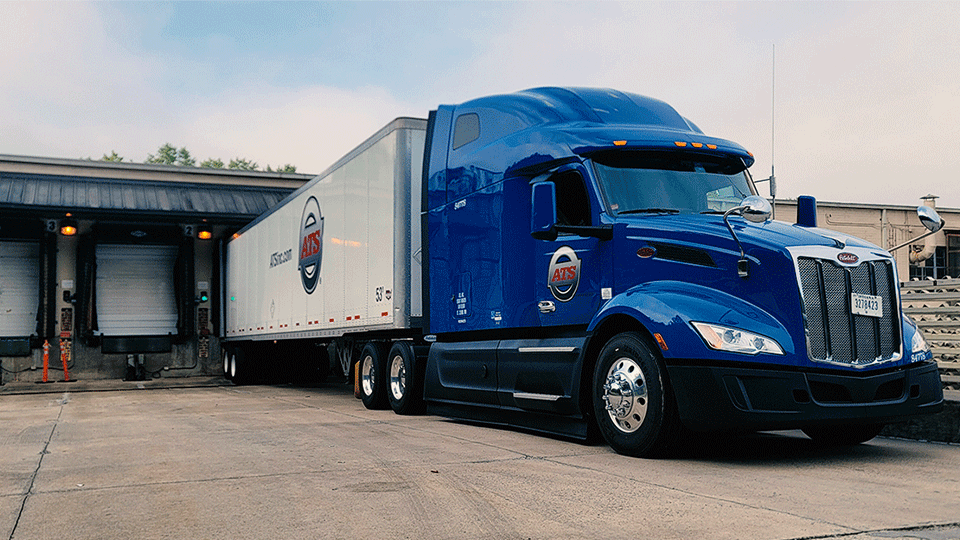 For palletized goods, loading your 53-foot trailer with a forklift and pallet jack is also a breeze as the trailer’s inside becomes seamlessly connected to your facility, allowing you to steer palletized goods in and out with little resistance.
For palletized goods, loading your 53-foot trailer with a forklift and pallet jack is also a breeze as the trailer’s inside becomes seamlessly connected to your facility, allowing you to steer palletized goods in and out with little resistance.
Companies that load from a dock will also find it easier to load a “standard” 53-foot trailer than one with a liftgate; the liftgate can inhibit the trailer’s otherwise snug fit within the loading bay.
Related: What Kinds of Pallets Are Used to Ship Freight?
2) Side-Loading a Flatbed, Conestoga or Curtainside Trailer
If you don’t have access to a loading dock, at one or both ends of your shipment, consider using an open-deck trailer. Trailers like flatbeds and step-decks, which on their own don’t provide any protection from the elements, can easily be loaded from the side via forklift and overhead crane.
53-foot flatbed trailers, for example, can carry just as much cargo across their decks as a dry van. So, if you and your consignee have access to forklifts or overhead cranes, loading these trailers can be both time and cost effective.
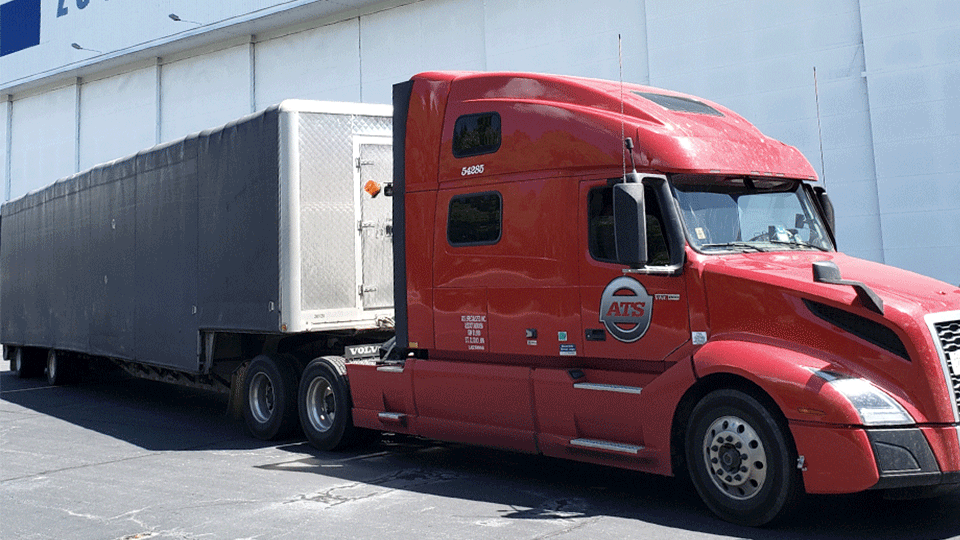
When using open-deck trailers, protection from the elements — a requirement of many dry van commodities — can also be arranged. Most commonly, shippers use tarps to protect their open-deck freight and you can do the same for yours — expect to pay a standard tarp charge of $100-$150 when you do.
Curtainside and Conestoga trailers are another alternative to using a 53-foot dry van with a liftgate. These specialized semi trailers are designed with security and protection from the elements in mind. Add in the fact that both can be loaded from the side using a forklift and curtainside and Conestoga trailers — which feature tarps systems to protect freight — can make a lot of sense for shippers in your situation.
Related: Should I Use a Conestoga or Tarp My Freight? (an Honest Comparison)
3) Utilizing a 53-Foot Dry Van Trailer With Ramps
Many dry van trucking companies offer ramps to accompany their dry van trailers for instances when a loading dock won’t be available. These ramps, which are never more than a few feet wide, allow companies to load and unload cargoes by hand.
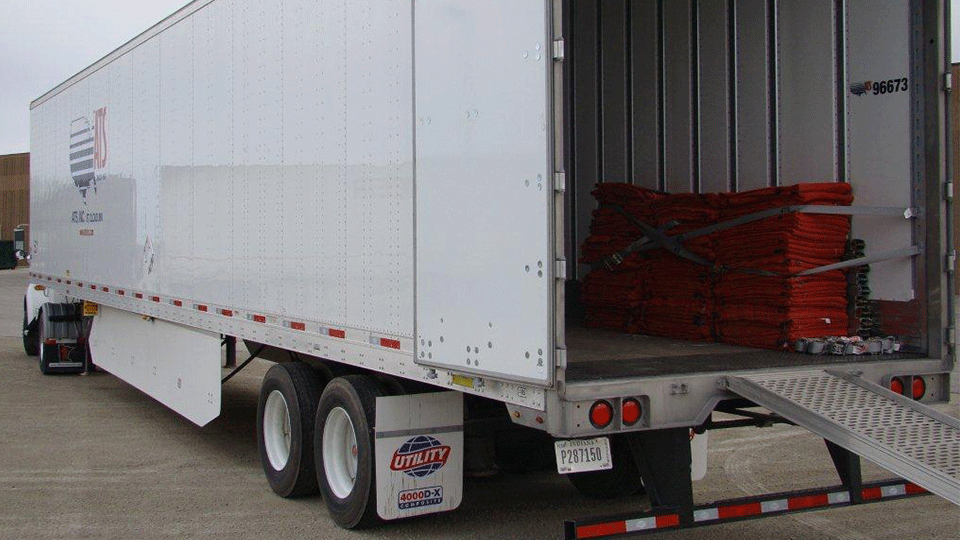
Ramps are great options for shippers moving light cargo that can be carried or rolled by dolly. This method won’t be possible for a company whose pallets weigh 1,000 pounds or more as a dry van’s ramps aren’t made to support these weights.
Examples of applicable commodities include household goods, hospitality freight and raw produce — to name a few.
If, for any reason, a truck driver has to help you unload cargo via a ramp, expect to pay a driver assist charge.
4) Using a Straight Truck or Two
Another method worth consideration when looking at alternatives to full-truckload 53-foot dry van transportation is using a straight truck.
Also commonly called a straight van, box or cube truck, straight trucks are commonly equipped with liftgates for easy unloading via pallet jack, dolly and hand.
Although straight trucks — which range in length from 22-26 feet — can’t carry as much cargo as a 53-foot dry van (typically maxing out at 10,000 pounds), it’s far easier to find one with a liftgate.
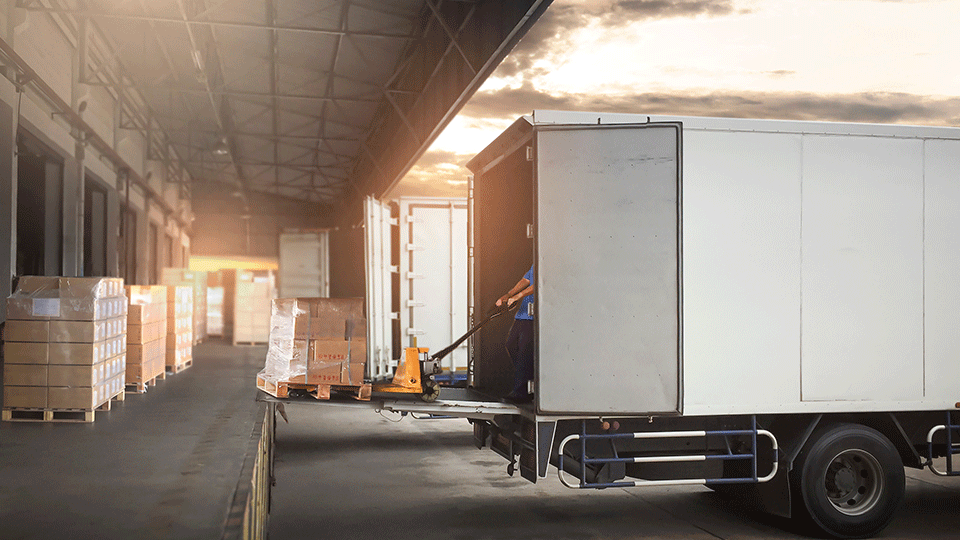
Additionally, straight truck drivers don’t face the same hours of service (HOS) constraints as CDL-clad drivers. This can make it easier to expedite your shipments.
So, should your timelines allow, consider utilizing straight trucks to move your commodities going forward.
Related Content: What is Expedited Freight Shipping?
5) Using Crane Vans
Crane vans are specialized trailers with internal crane systems built into them. A track running the length of the trailer’s ceiling and fold-out “jibs” allow these cranes to pick up freight and move it into the trailer. Crane vans come in multiple sizes. It’s possible to find crane-equipped 53-foot dry vans, 22, 24, 26-foot straight/box trucks and sprinter vans.
Depending on the size of your cargo, your decision on which trailer to utilize should change.
The cranes on 53-foot vans, for example, can lift and maneuver as much as 8,000 pounds at once. A straight truck’s crane usually can’t lift nearly as much.
Sprinter vans, which typically haul only three full-sized pallets or 3,000 total pounds of cargo, can be found with cranes capable of hoisting no more than 1,000 pounds at a time. That said, using multiple sprinter vans or box trucks to move your freight can be a timely solution when a 53-foot van with a liftgate is unavailable.
6) Hiring Labor Crews
Hiring additional labor crews to help you load your cargo is another alternative that shippers employ. Namely, lumper services can be helpful here. These service providers have an extensive history of loading and unloading all kinds of freight — dry van cargo included.
So, if you’re unable to load a van without the help of a liftgate, working with a great lumper company is an option worth considering.
7) Using Local Towing Companies to Load and Unload
The final solution on this list is kind of out-of-the-box. But, it has worked well for companies in the past, saving them tons of money in the process. Essentially, instead of paying to secure a dry van with lift gates, it's possible to raise and lower cargo into/out of a 53-foot trailer using tow trucks.
For example, at its destination, palletized cargo can be unloaded from the dry van trailer's bed and transferred directly onto the deck of a tow truck (which has been backed up flush to the dry van's rear). From here, the tow truck can lower frieght to the ground in a controlled fashion using its hook and cable.
Here is an illustration:
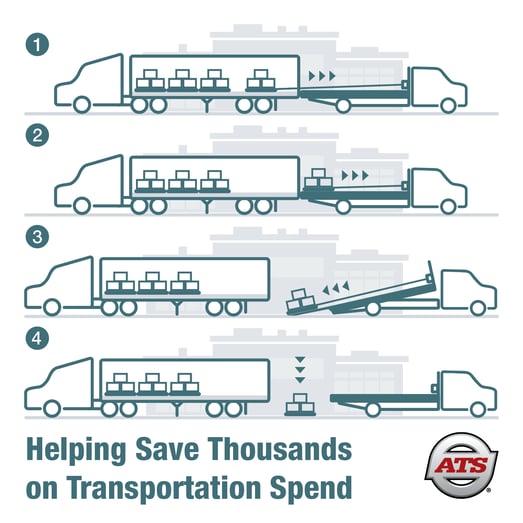 Want to see a practical application of this process? Check out this case study which illustrates how this method helped a manufacturer cut costs and maintain their timelines.
Want to see a practical application of this process? Check out this case study which illustrates how this method helped a manufacturer cut costs and maintain their timelines.
Here Are 30-Questions to Ask Every Potential Freight Carrier Going Forward
Often, securing the right trucking solution for your business has a lot to do with what kind of providers you utilize.
The promise of a 53-foot dry van with a liftgate is fulfilled more reliably by a great transportation provider than by a poor one. And, no matter which intricacies accompany your shipments, a good partner can point you toward their best-fit solutions.
However, the sheer number of trucking companies out there has made it challenging to select the right one for your supply chain; a carrier that can reliably service your changing needs.
To help you do so, we’ve developed this 30-question freight carrier selection checklist that you can download for free.
Use it to steer your carrier-vetting conversations going forward to ensure every company you onboard has the capabilities you deserve.
Finally, if you would like to learn more about ATS’ dry van fleet and its related services, click here.




